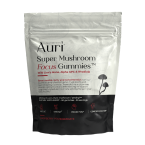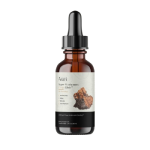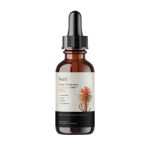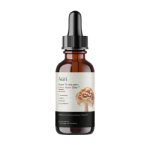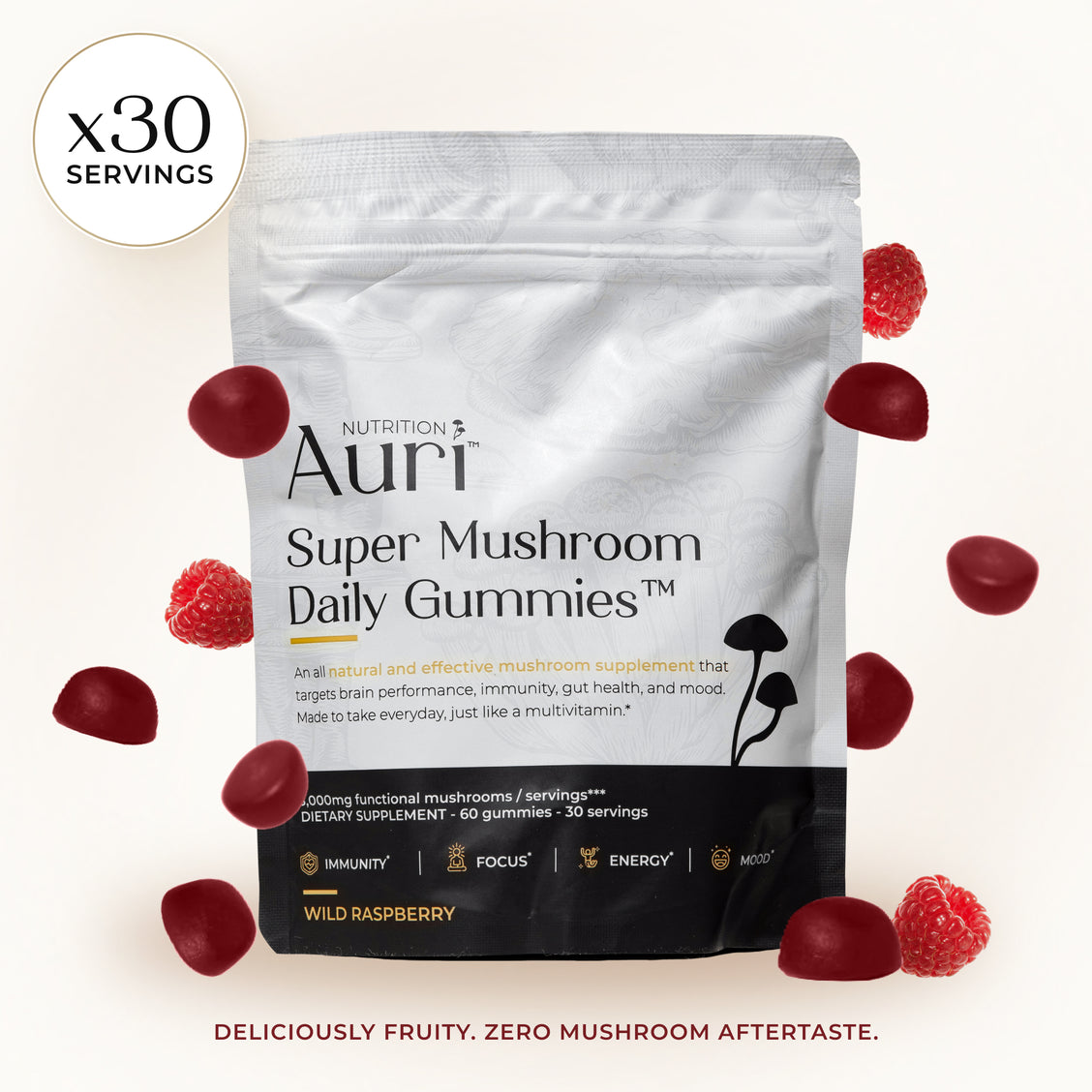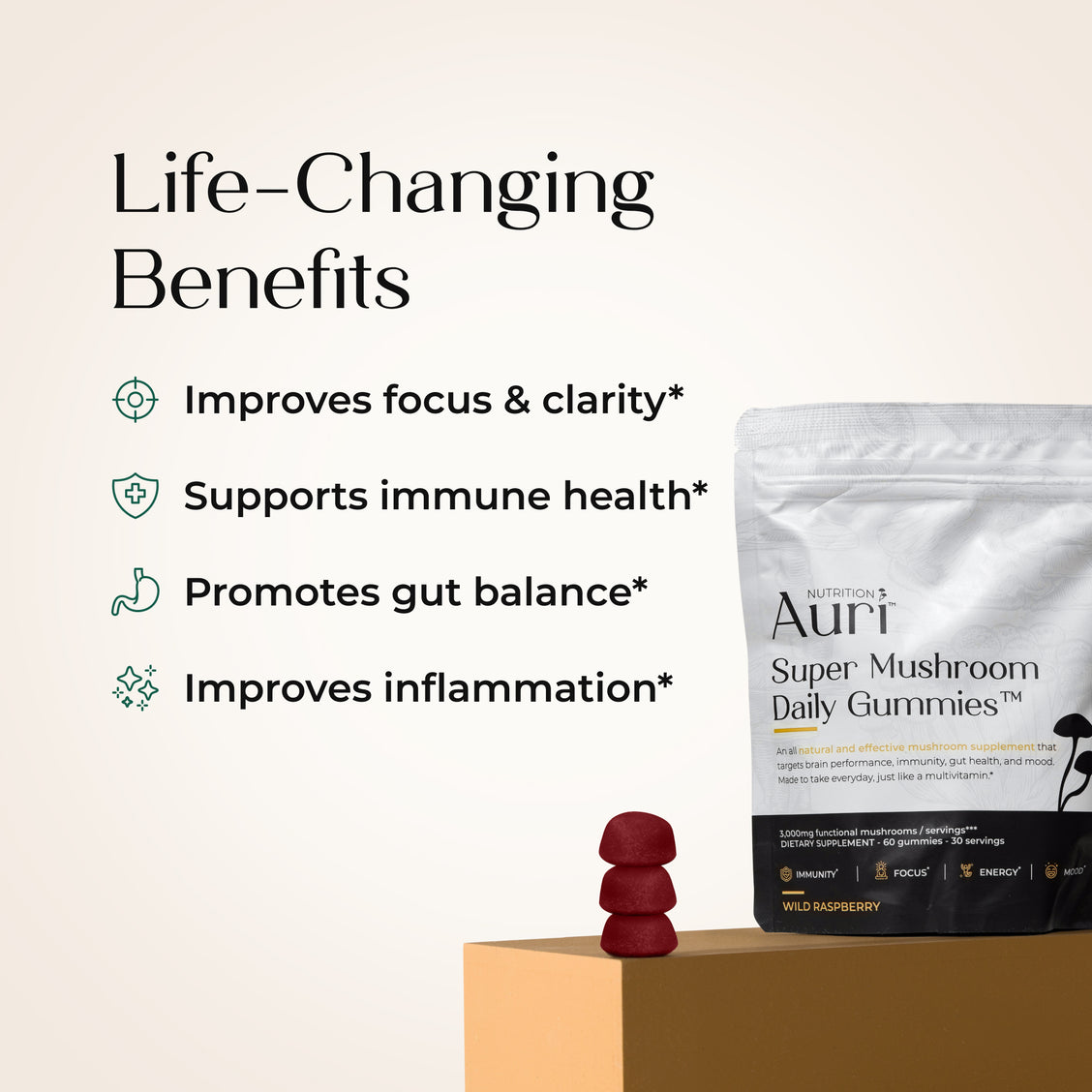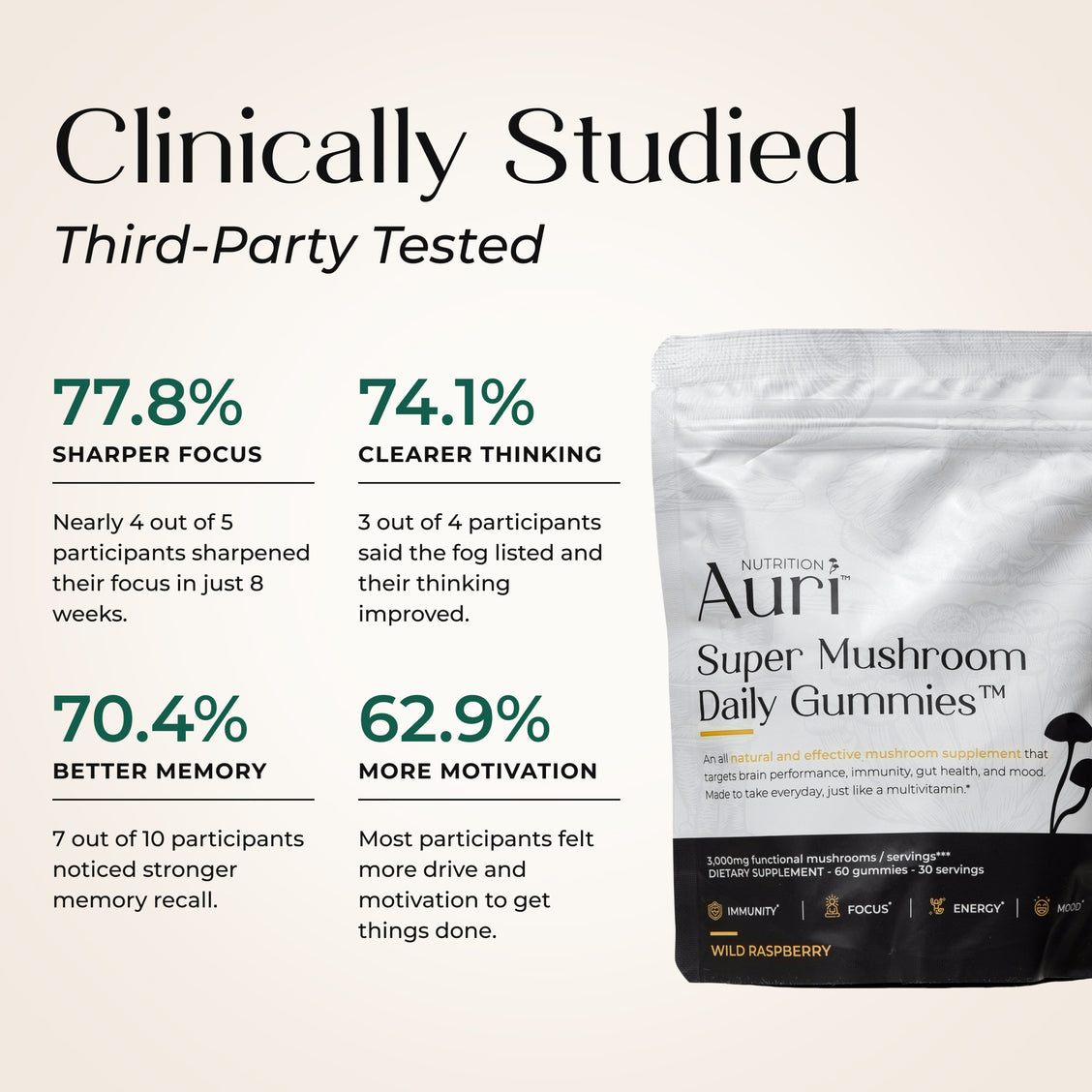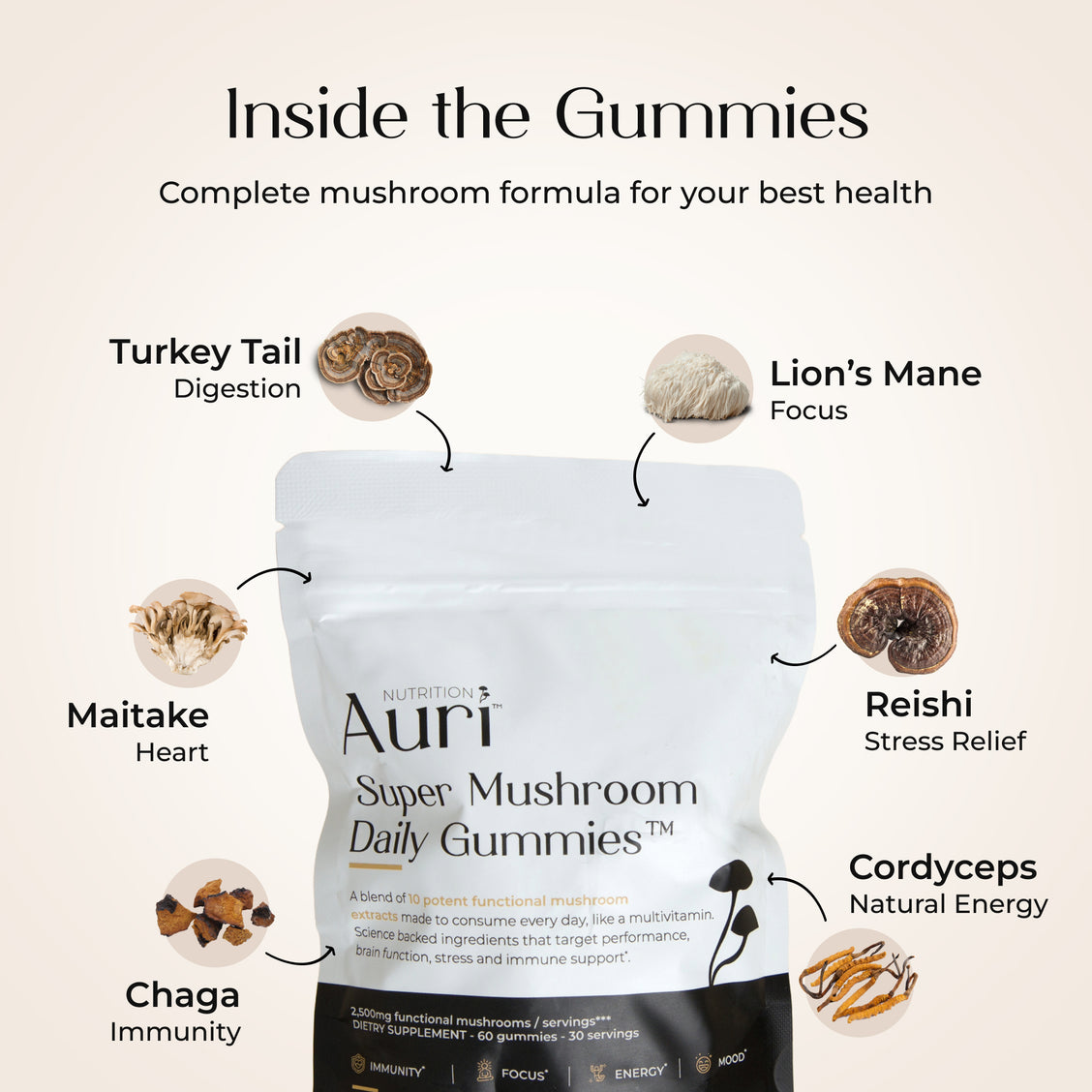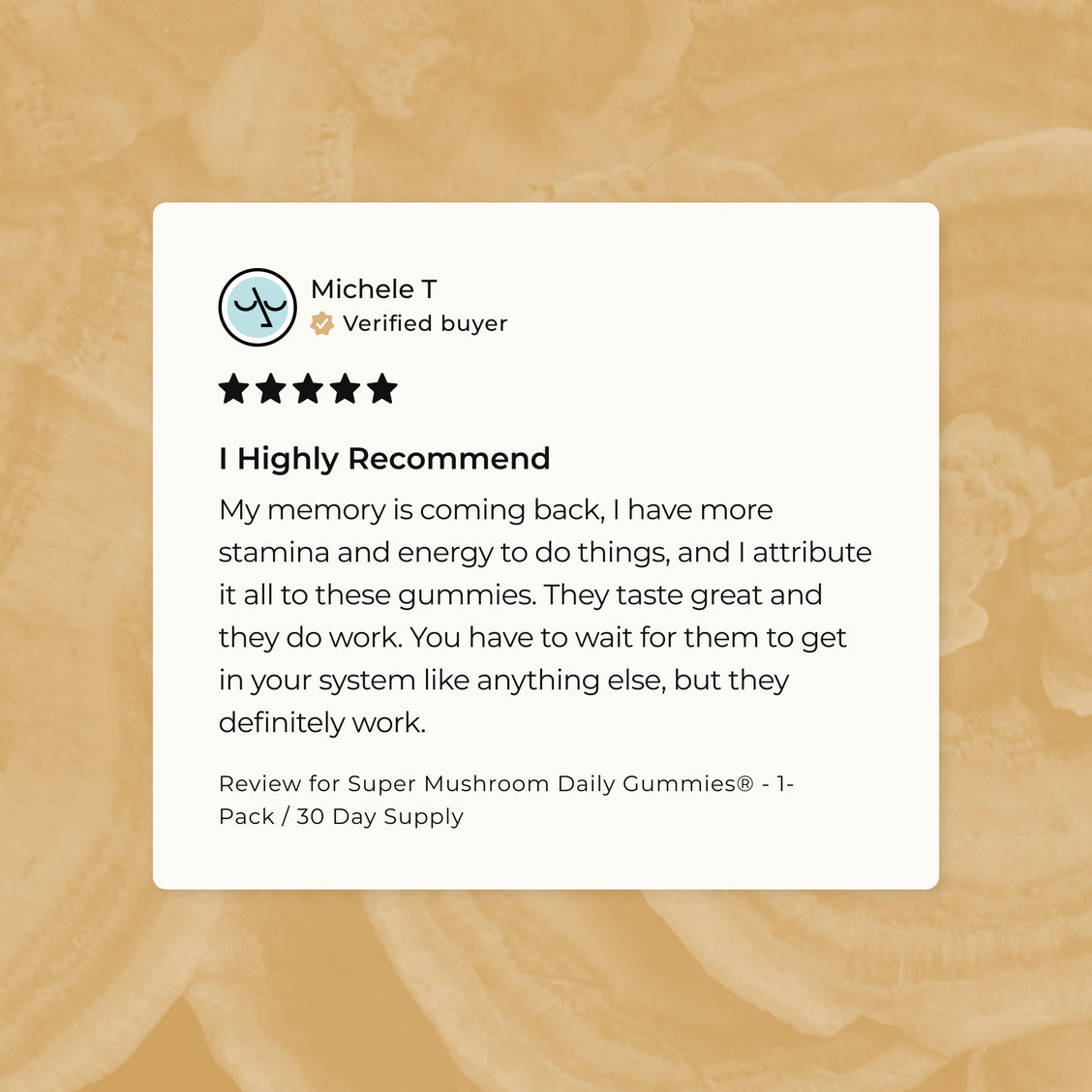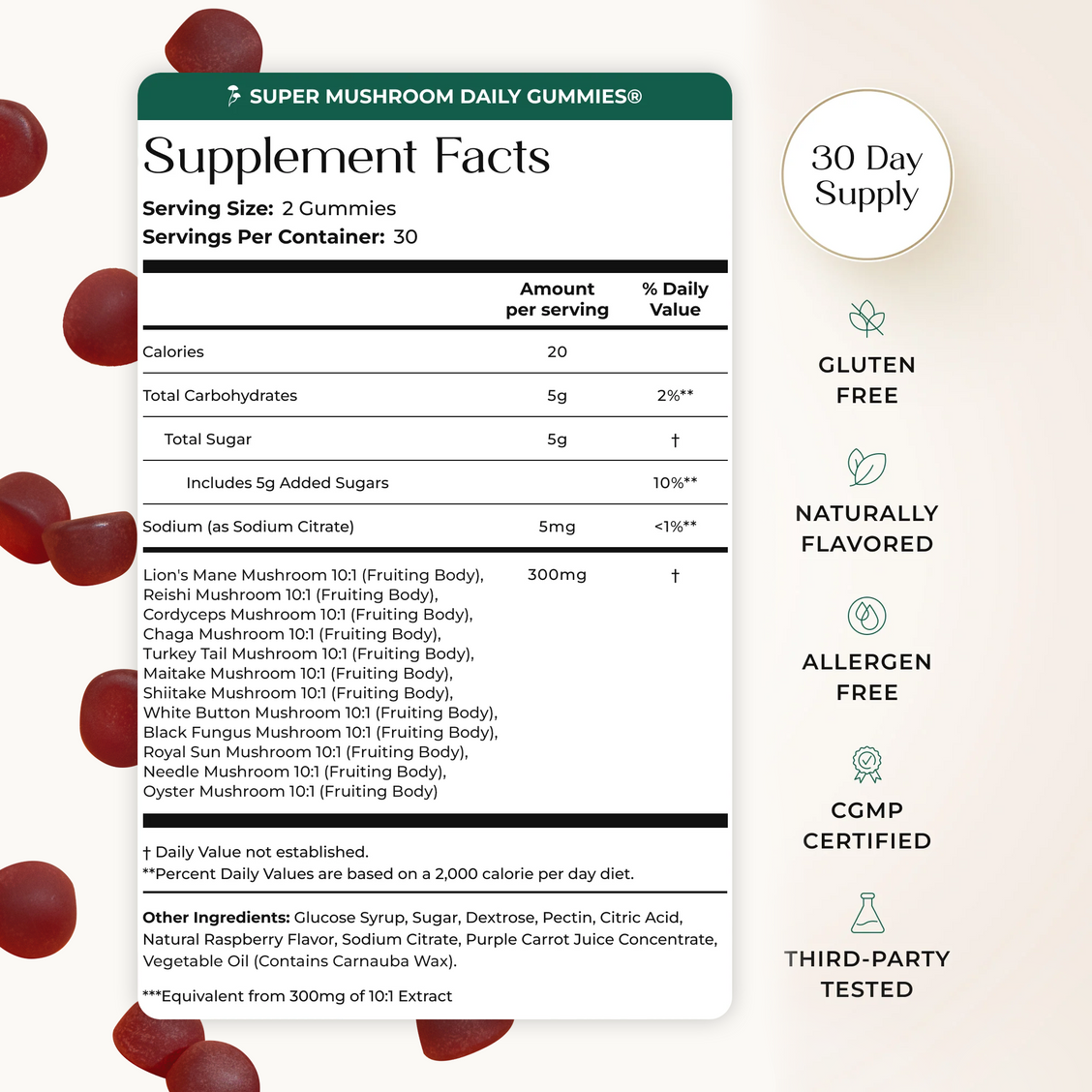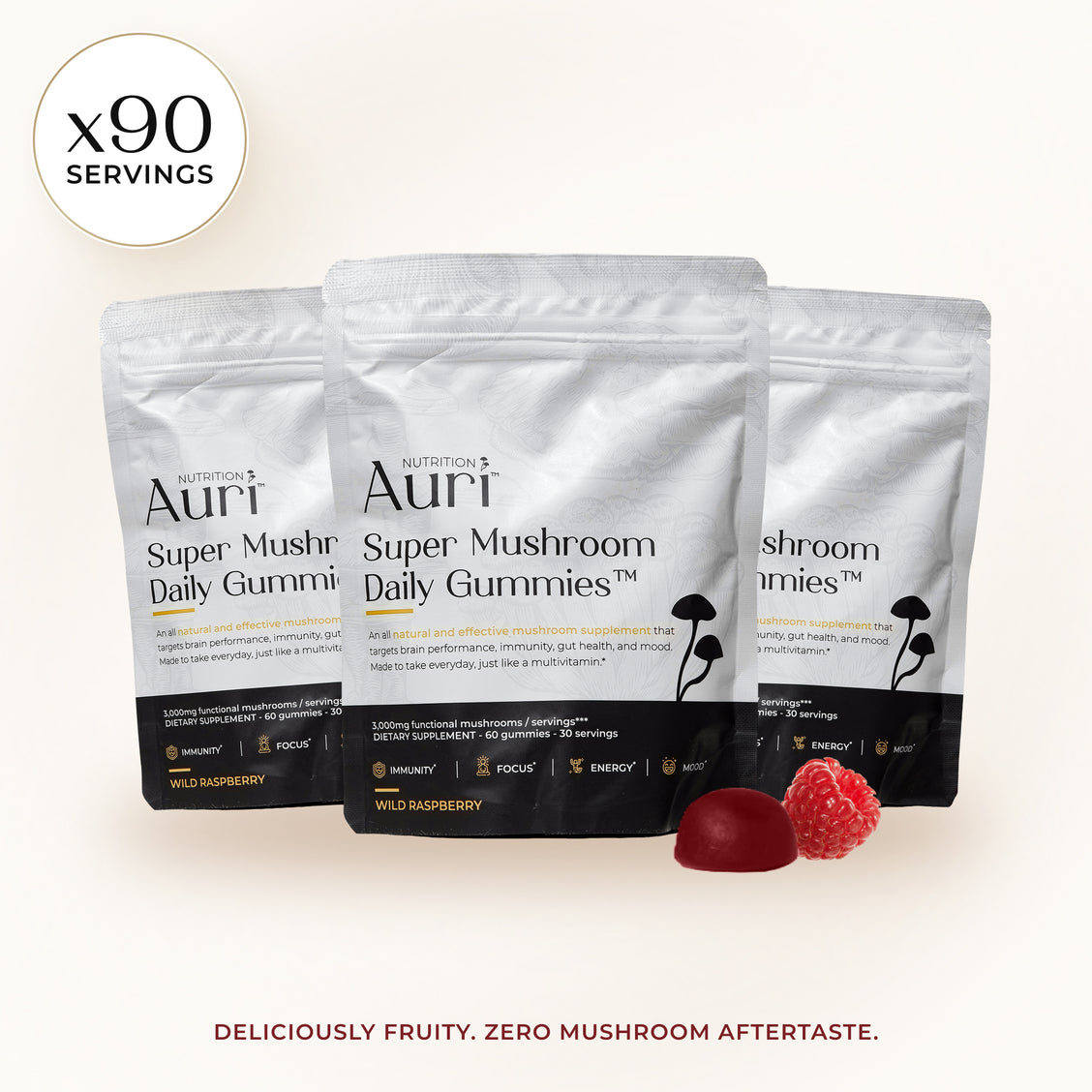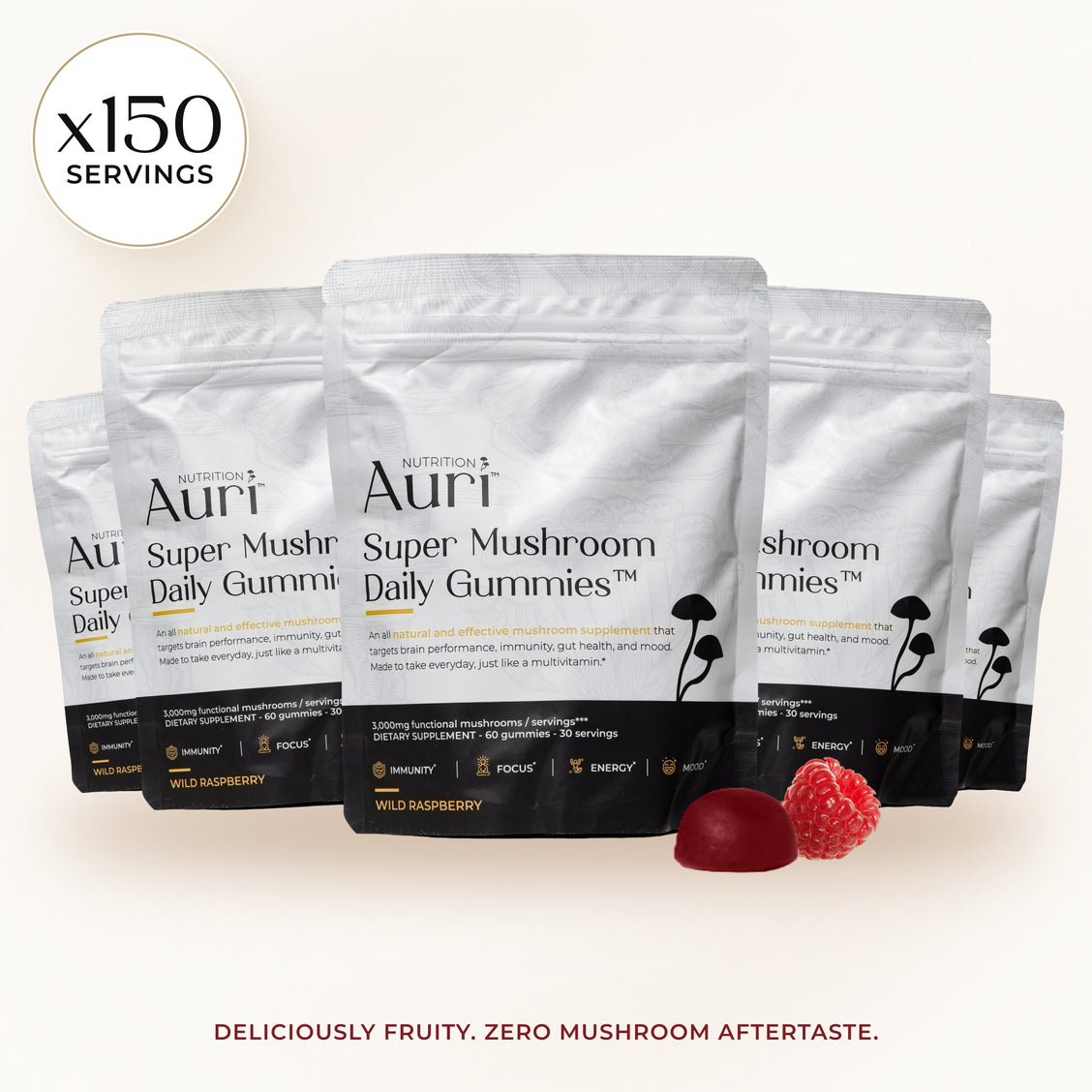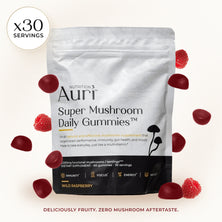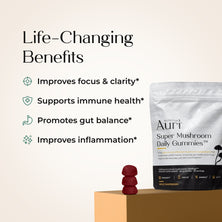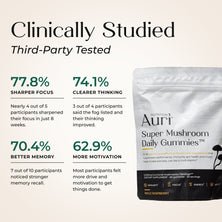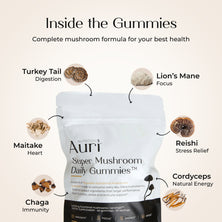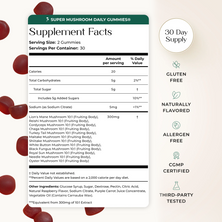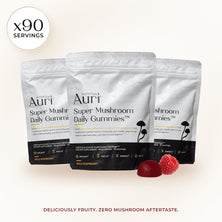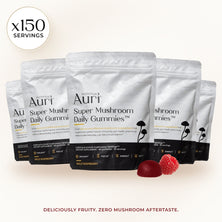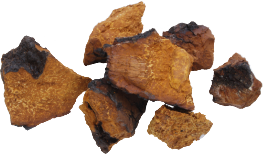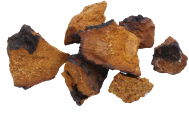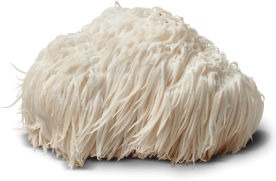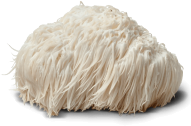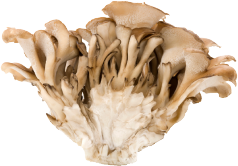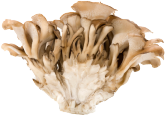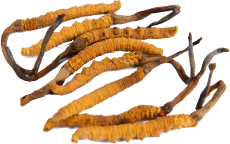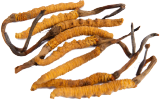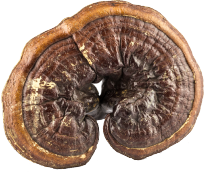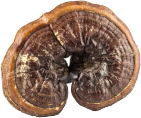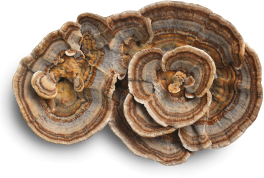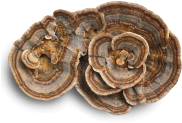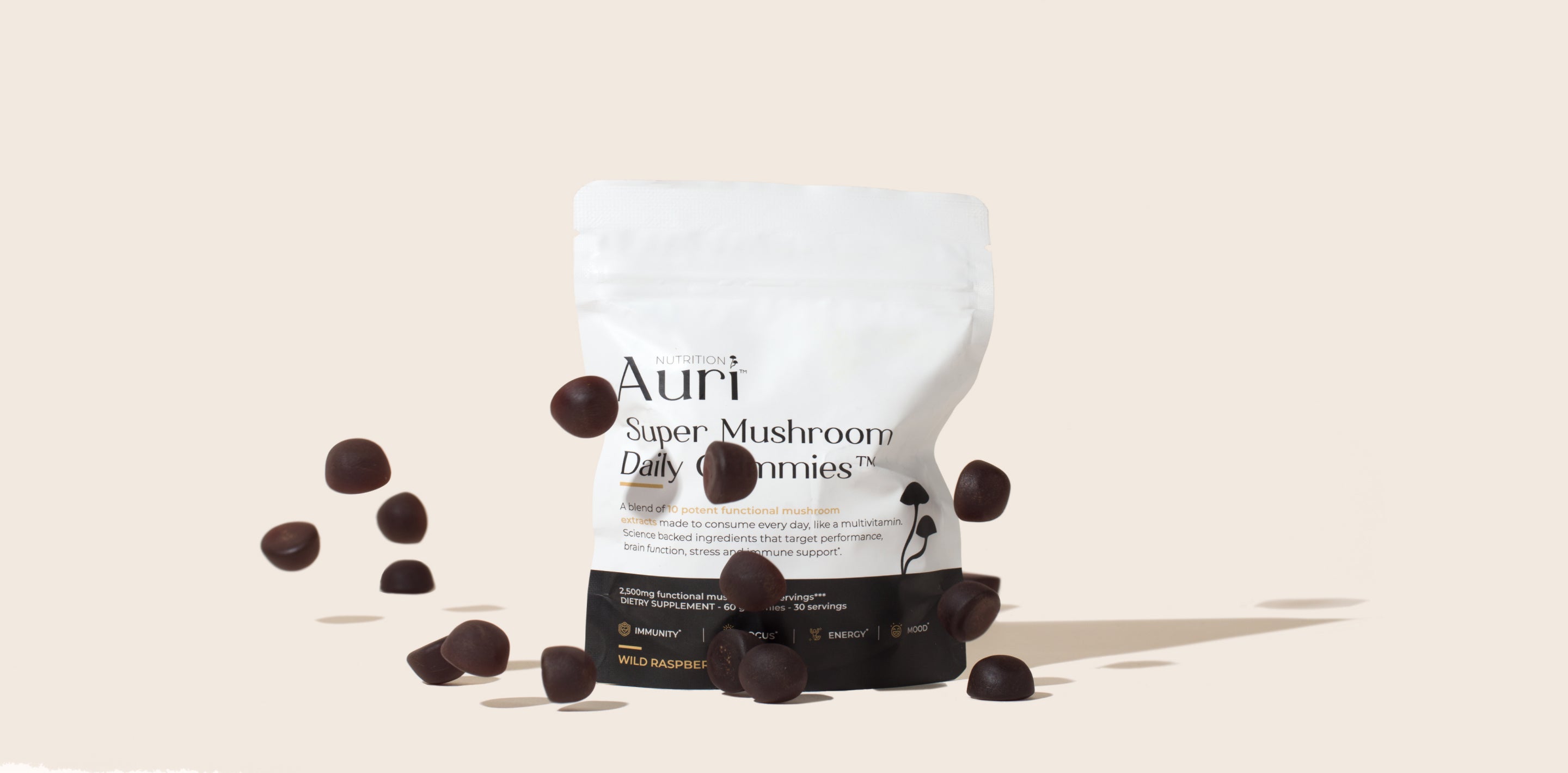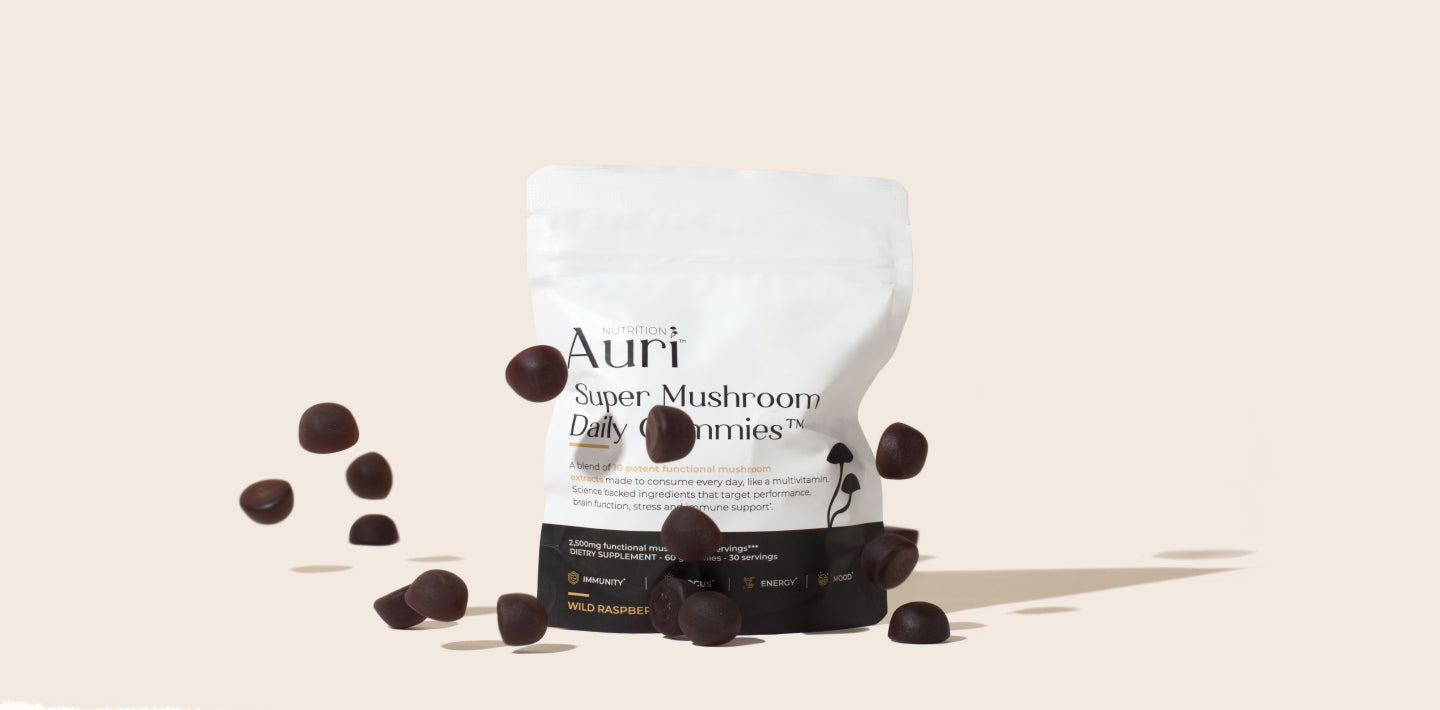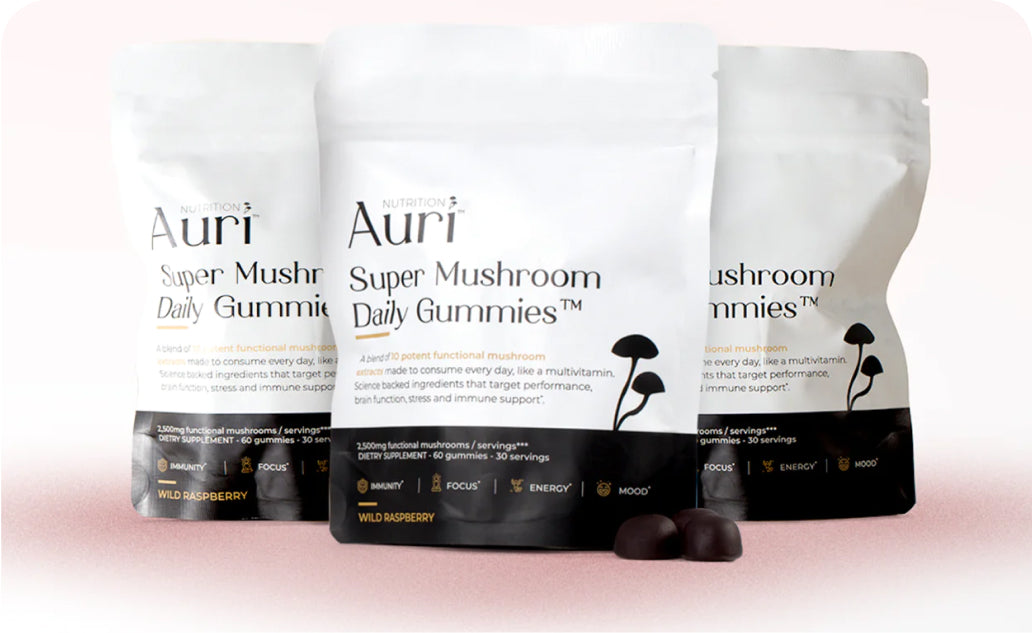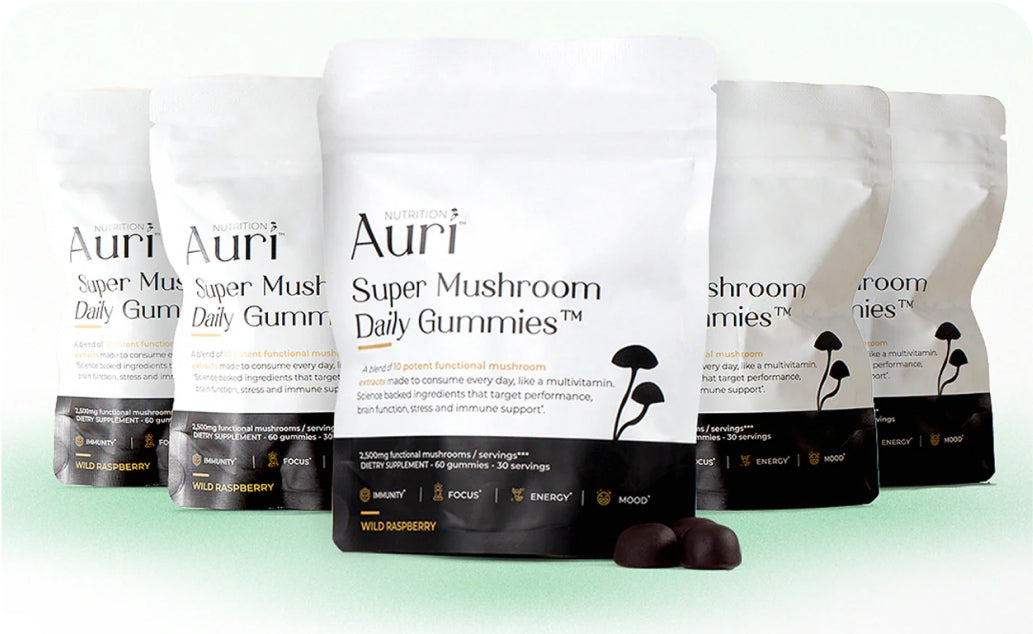Here's what you'll get:
“Its nootropic benefits really come to light after the first week with my mood improving and an overall sense of increased well being.”
A powerful, tasty gummy with 3,000mg of functional mushrooms that support brain function, overall wellness, digestion, and mood.
Lion’s Mane Mushroom, Reishi Mushroom, Cordyceps Mushroom, Chaga Mushroom, Turkey Tail Mushroom, White Button Mushroom, Black Fungus Mushroom, Royal Sun Mushroom, Maitake Mushroom, Shiitake Mushroom, Needle Mushroom, Oyster Mushroom.
DIRECTIONS:
Each bag comes with 60 potent gummies. Enjoy two (2) gummies per day. Take any time of the day, with or without meal.
When will my order ship?
Once an order is placed we typically ship within 1 business day. The delivery time is typically 3-5 business days, but can be longer depending on location and circumstances.
60-DAY MONEYBACK GUARANTEE:
We stand behind our product.
100% refund valid for 60 Days on your first order, less shipping costs
No questions asked.
Simply contact us at hello@tryauri.com
3 days before your next shipment is set to go through, we will email you a reminder. By default, it will be another 30 servings delivered to you, and you can easily adjust or cancel at anytime.
-
Free Shipping On Orders $75+
-
Fast 3-5 day US delivery
-
60-day money back guarantee***

Benefits
A Gummy To Become Your Best Self

-
Support Focus & Memory*
Lion's Mane contains a unique group of chemicals known as hericenones and erinacines. These compounds have been shown to support focus, memory function, and mood! -
Improve Inflammatory Response*
The blend of mushrooms we use in our supplements are rich in anti-inflammatory components, such as polysaccharides, phenolic and indolic compounds, mycosteroids, fatty acids, carotenoids, vitamins, and biometals, shown to support a normal inflammatory response. -
Improve Gut Health*
The Turkey Tail included in our blend contains nutrients to support healthy gut bacteria. It has been shown to help balance good microbes, while also supporting cellular energy production. -
Immune System Support*
With our mushroom blend you'll get daily immune system support with polysaccharides and bioactive chemicals.
All-in-One Gummy for Superior Health
An all natural and effective mushroom supplement that targets brain performance, immunity, gut health, and mood. Made to take everyday, just like a multivitamin.

Look Forward to Your Supplements
Most capsules and powders are easy to skip, hard to swallow, and leave a bad taste.
Auri Gummies are made to delight — chewable, delicious, and crafted to support focus, energy, and immunity with zero hassle.
Auri Mushroom Gummies
Typical Capsules & Powders
Inside the Gummies
Powerful Mushroom Formula for Overall Well-Being

-
IMMUNITY Chaga
Contains antioxidants that support response to oxidative stress*
-
FOCUS Lion's Mane
Supports mental clarity, focus, and memory. Known to support natural production of Nerve Growth Factor (NGF).*
-
HEART Maitake
Supports the immune system thanks to containing beta-glucans*
-
ENERGY Cordyceps
Revered for its ability to support cellular energy production, cognition, and the immune system*
-
CALM Reishi
Adaptogenic in nature and supports cellular energy, stamina, and normal stress response*
-
GUT HEALTH Turkey Tail
Contains cellular nutrients that support gut microbiota and immune health*

-
GLUTEN
FREE -
NATURALLY FLAVORED
-
ALLERGEN
FREE -
CGMP
CERTIFIED
Tasty & Delicious
Mushrooms have never tasted THIS good before. Get the mushrooms you love and benefit from, without the nasty taste from powders and oils.
-
NOGMOs, gelatin, alcohol, food dyes, fillers & junk
-
YESVegan, gluten free, tastes great, real mushrooms, lab tested
Don’t Take Our Word...
Loved By Thousands Around The Globe
Our Promise
-
Feels (and tastes like) clarity.
-
Crafted carefully with premium ingredients
-
Rigorously lab tested
60-Day MoneybackGuarantee
We’d be shocked if you didn’t feel the effects, and enjoy the benefits of the Super Mushroom Daily Gummies. But in the highly unlikely event that you’re not happy in any way — we’ll give you every cent back. No hassle. No hoops to jump through.
You’re protected by our 60-Day Moneyback Guarantee. Email us at hello@tryauri.com and we’ll return every dollar you paid on your first order, less shipping costs.
Bundle & Save More!
UP TO $125 OFF-

-
X90 SERVINGS
-
$60 OFF
3-Pack Bundle ($60 off) ()Super Mushroom Daily Gummies®
WILD RASPBERRYHalloween Sale Exclusive$104.99$165.00 -
-

-
X150 SERVINGS
-
$125 OFF
5-Pack Bundle ($125 off) ()Super Mushroom Daily Gummies®
WILD RASPBERRYHalloween Sale Exclusive$149.99$275.00 -
FAQs
Use the below FAQ topics to find an answer! Still need help?
Please email us at hello@tryauri.com :)



